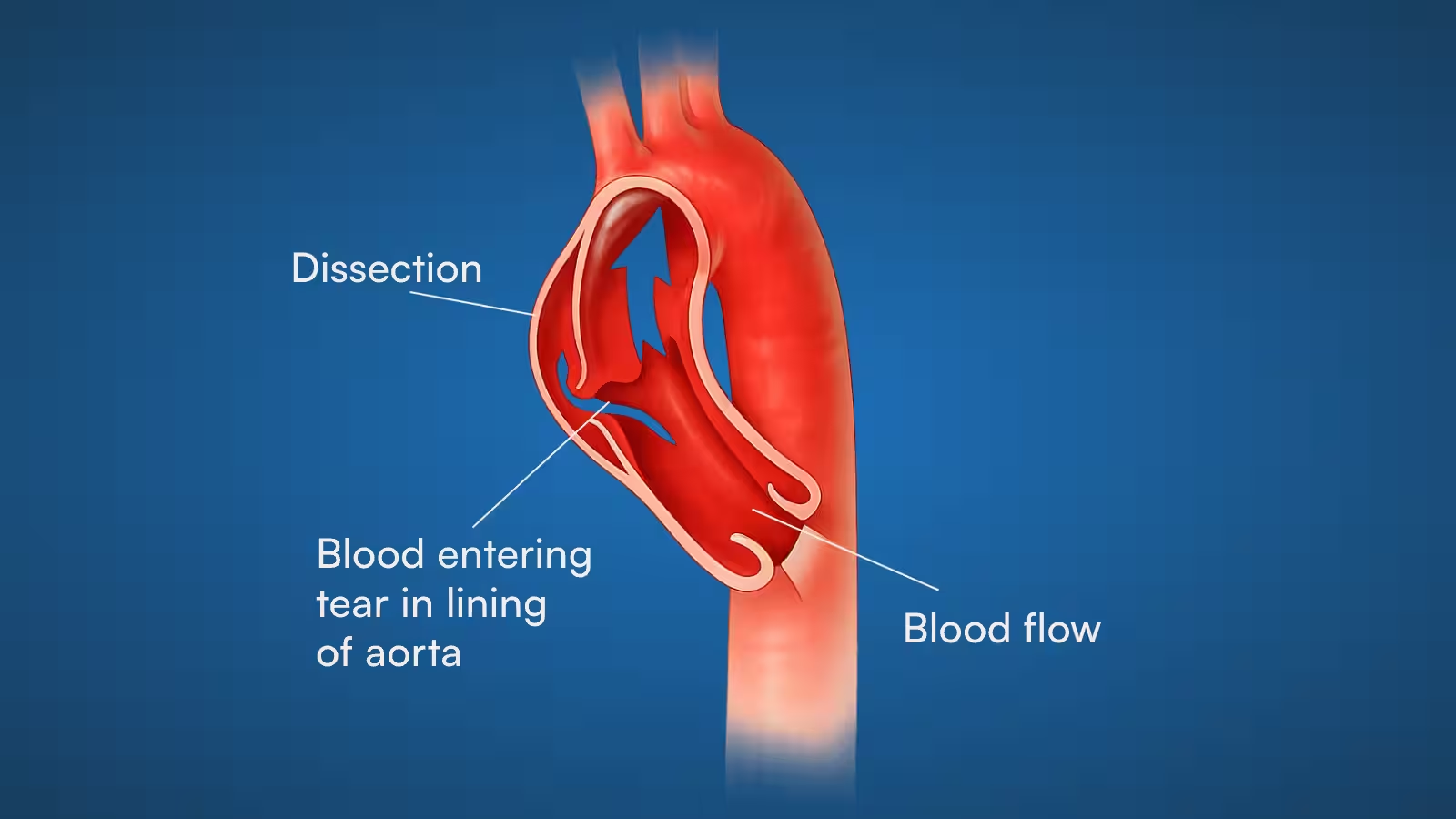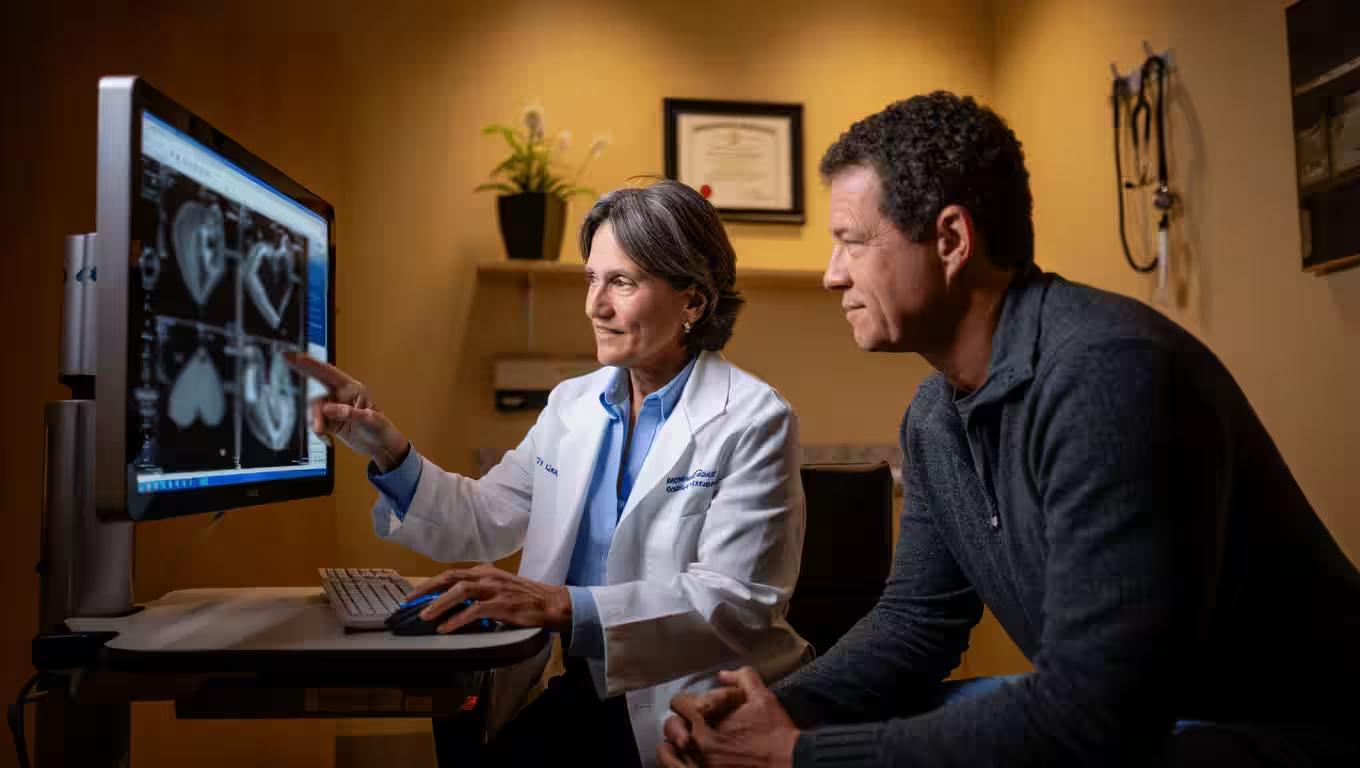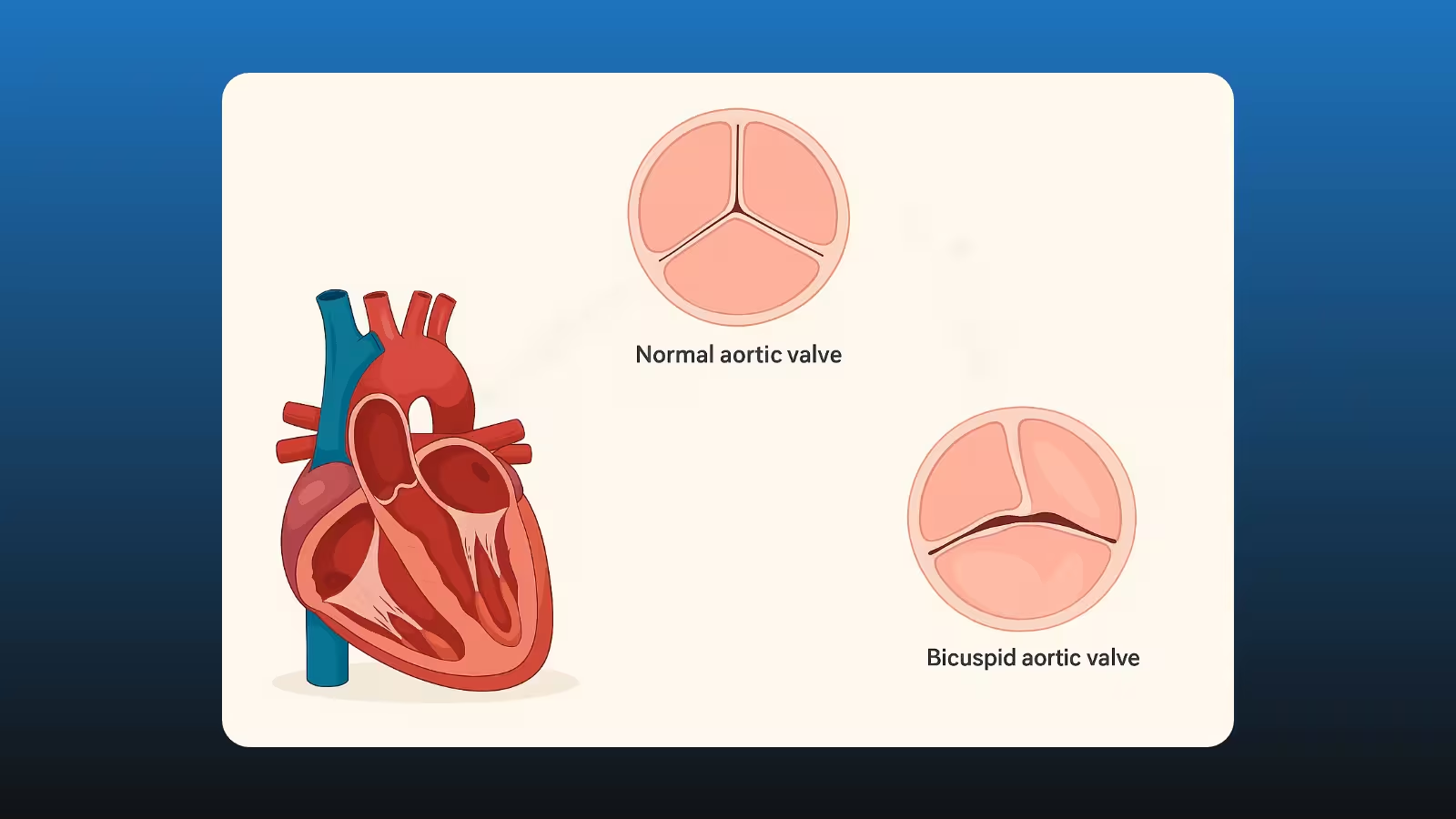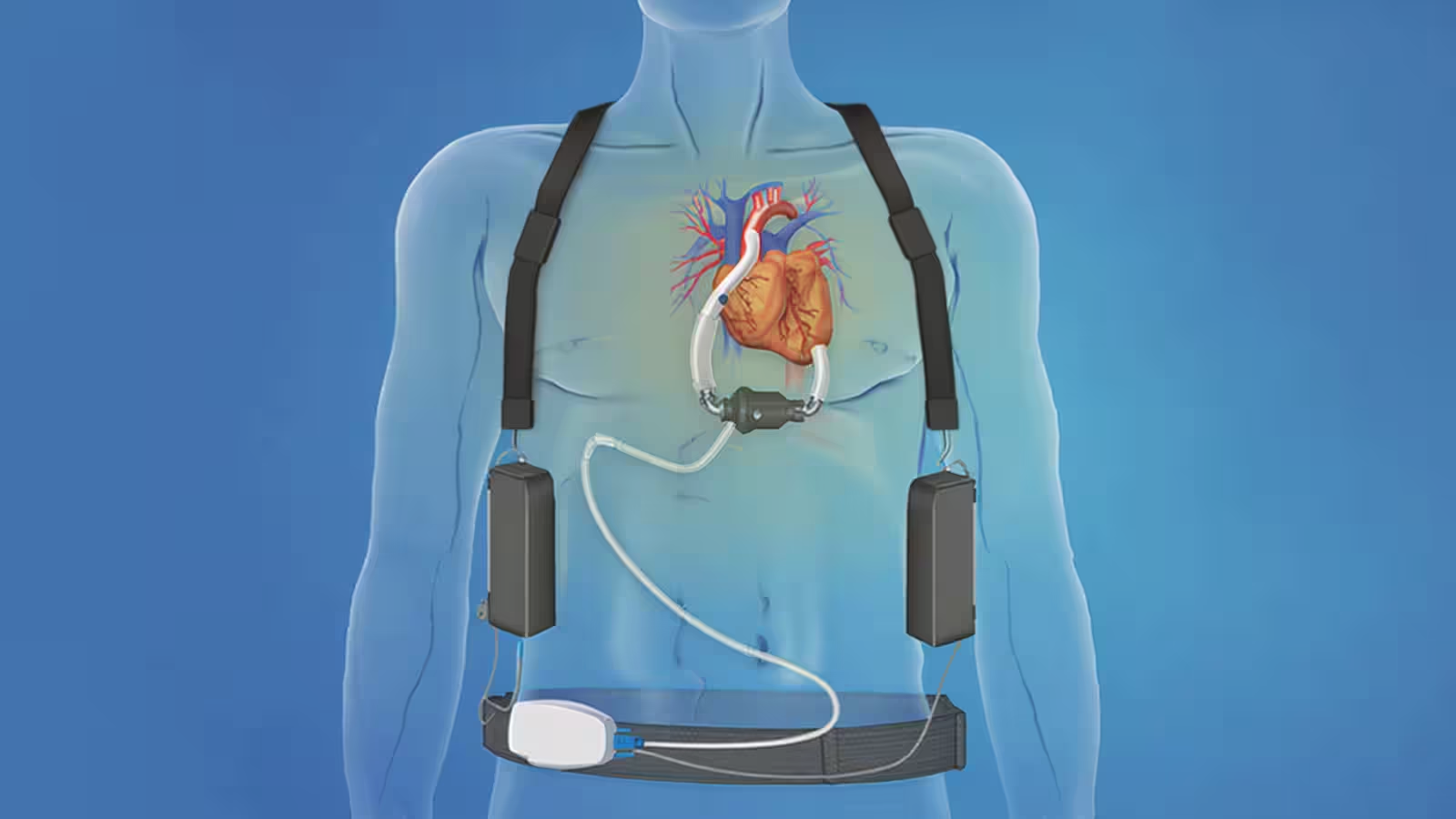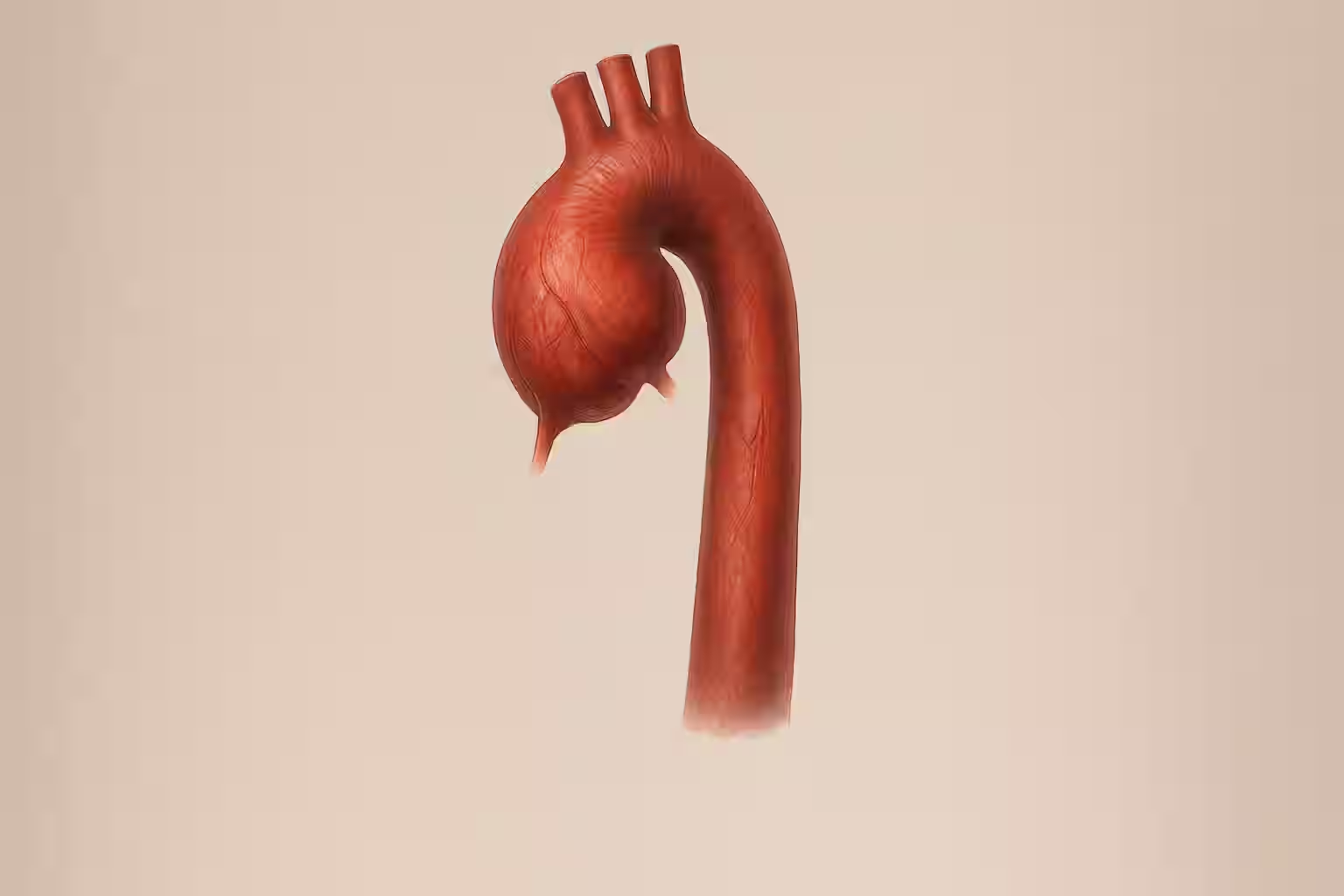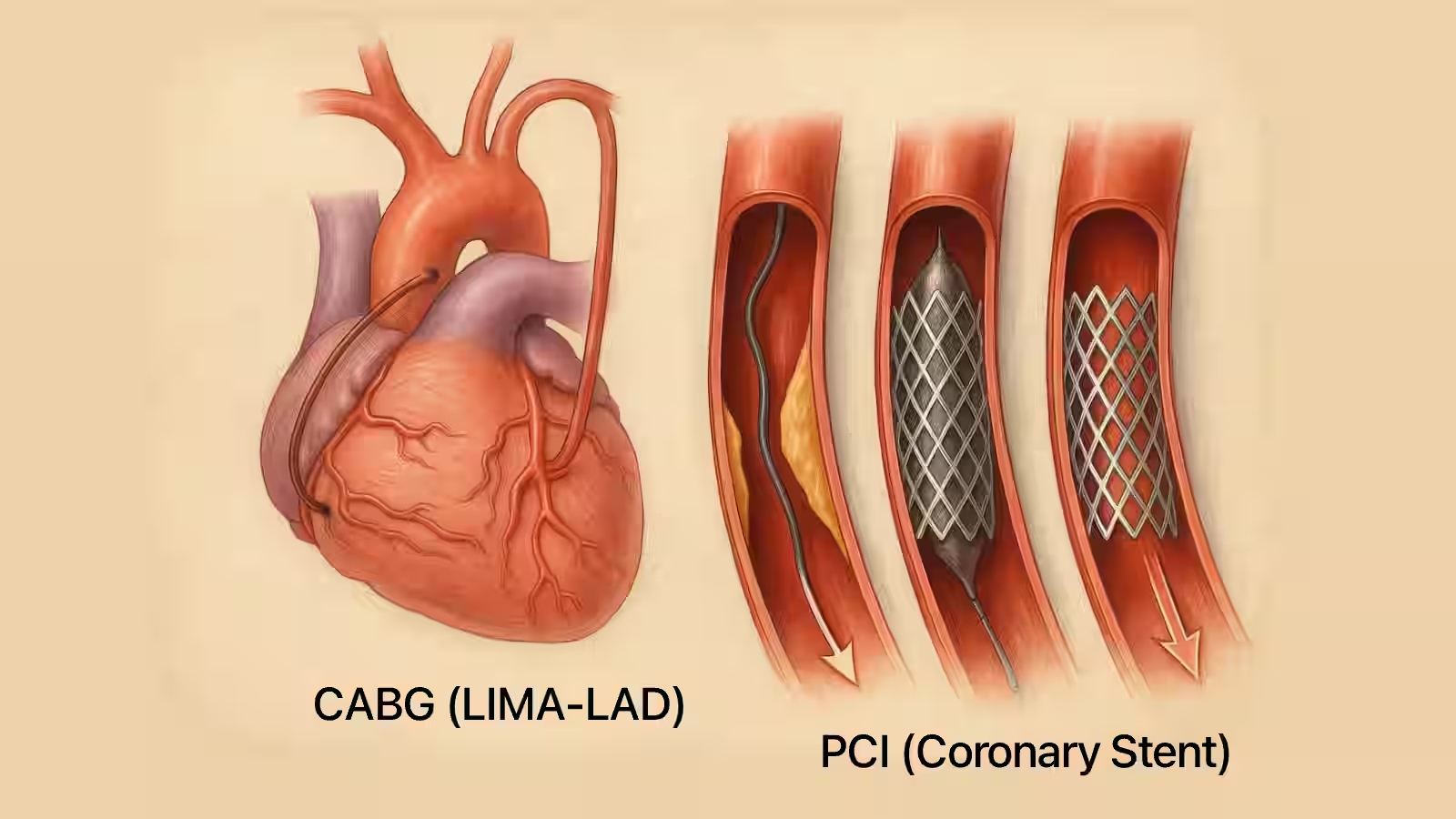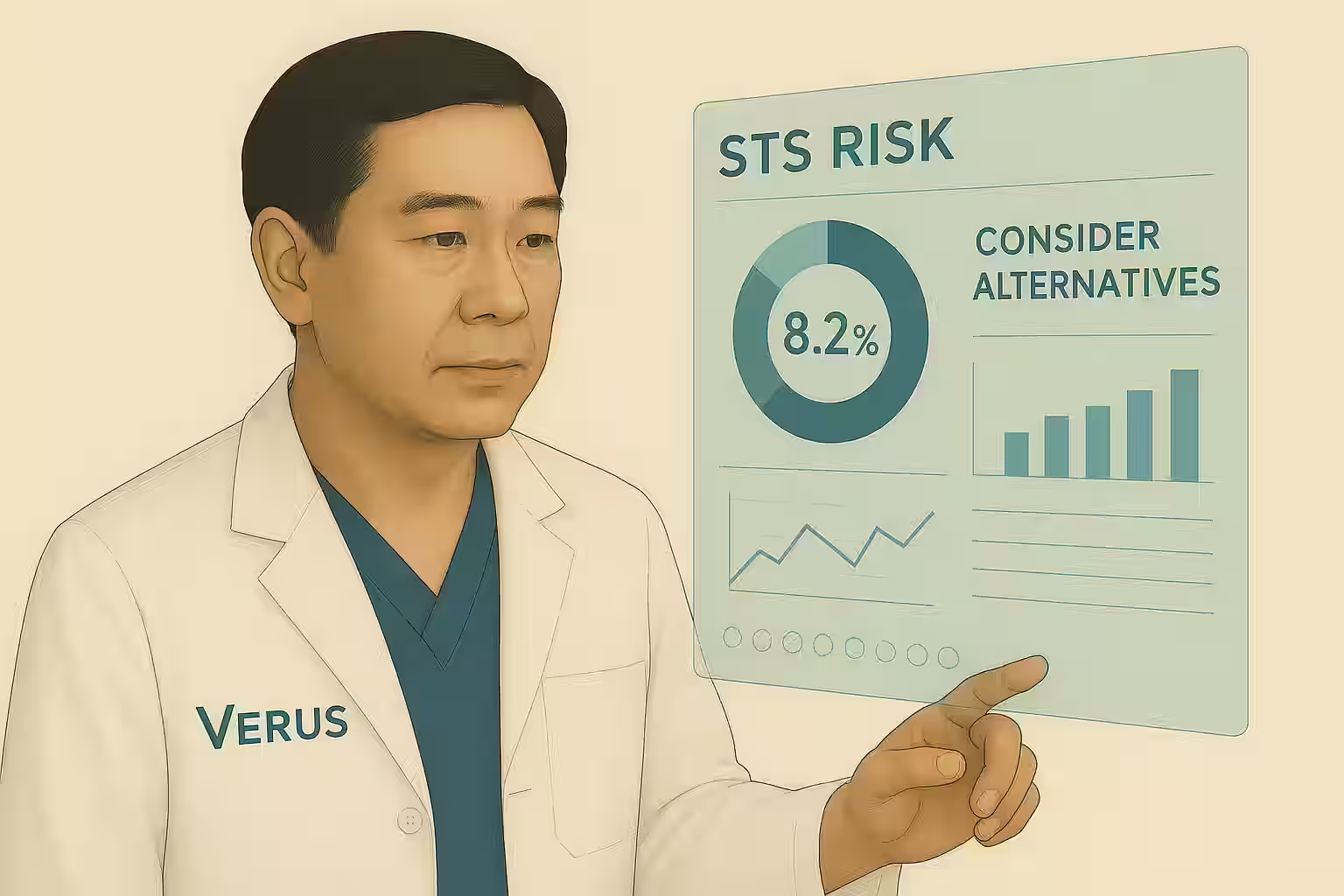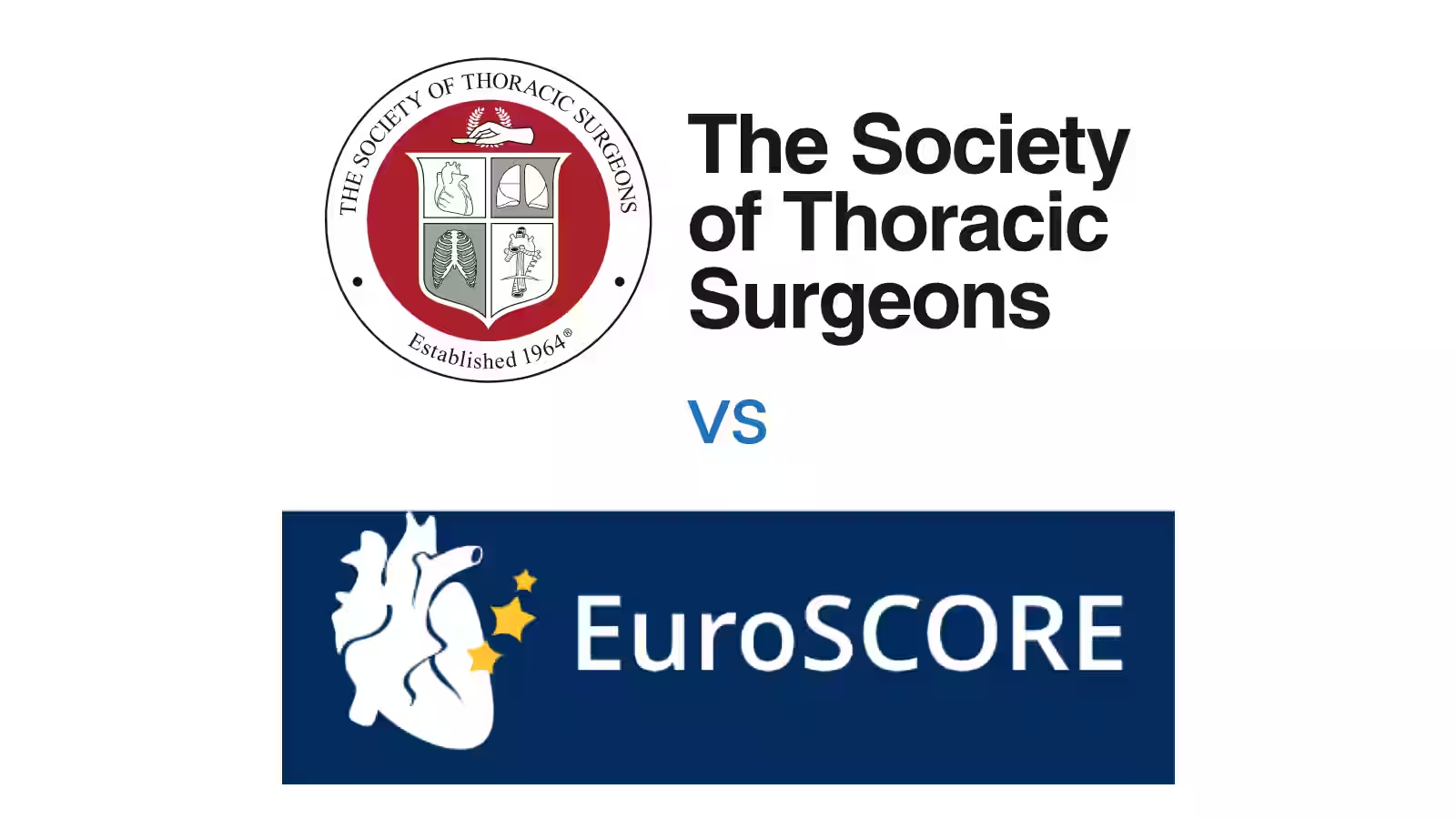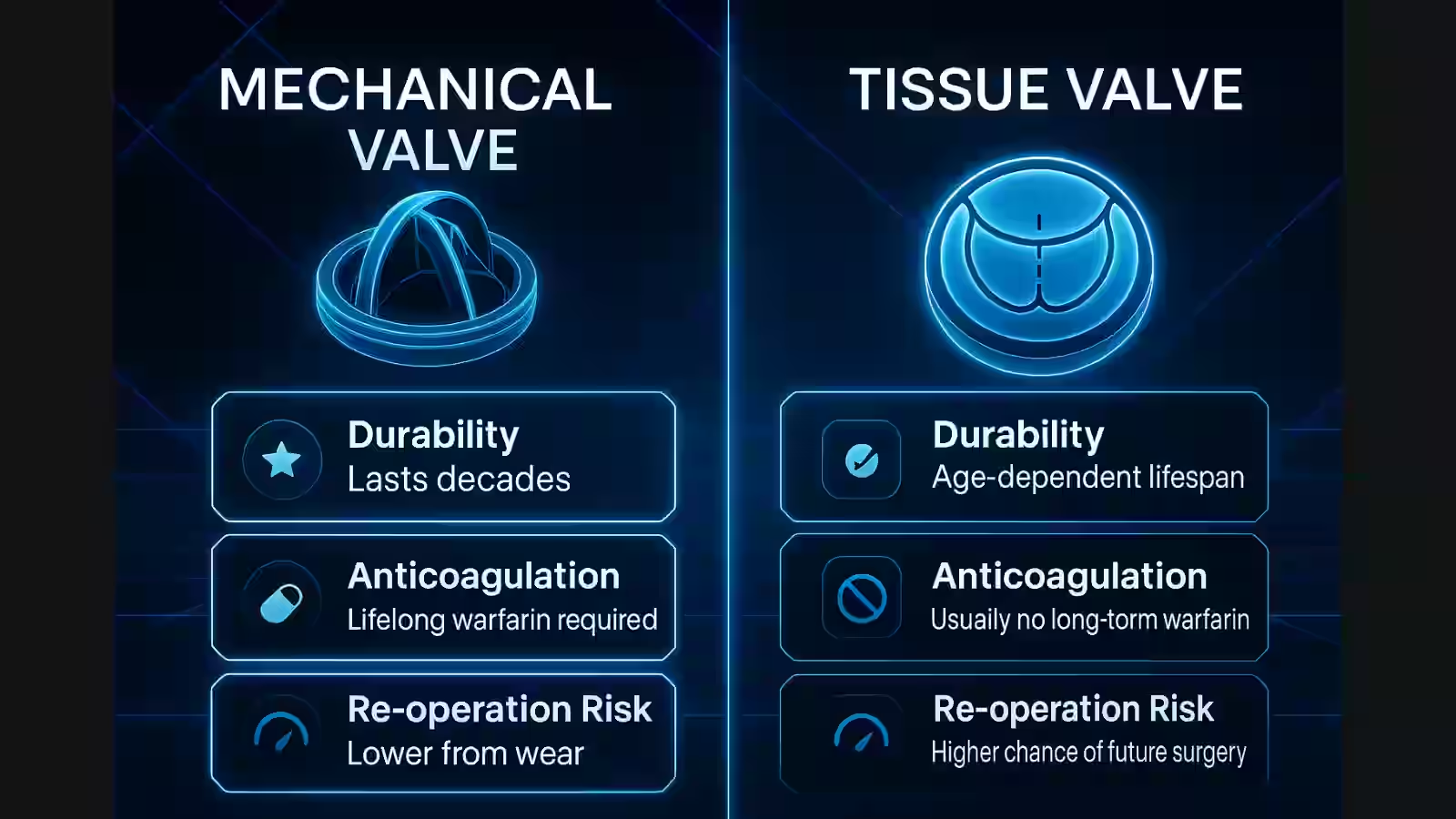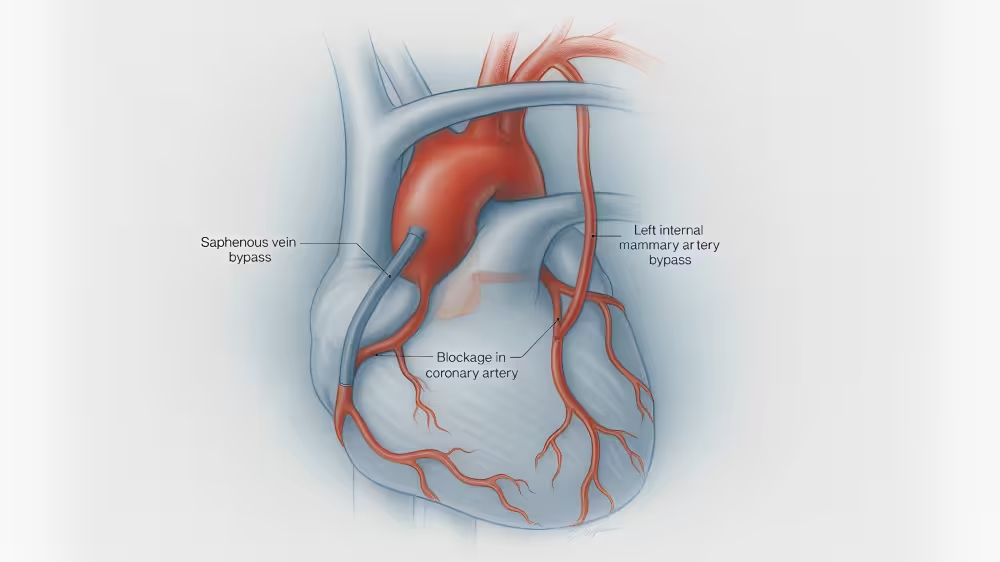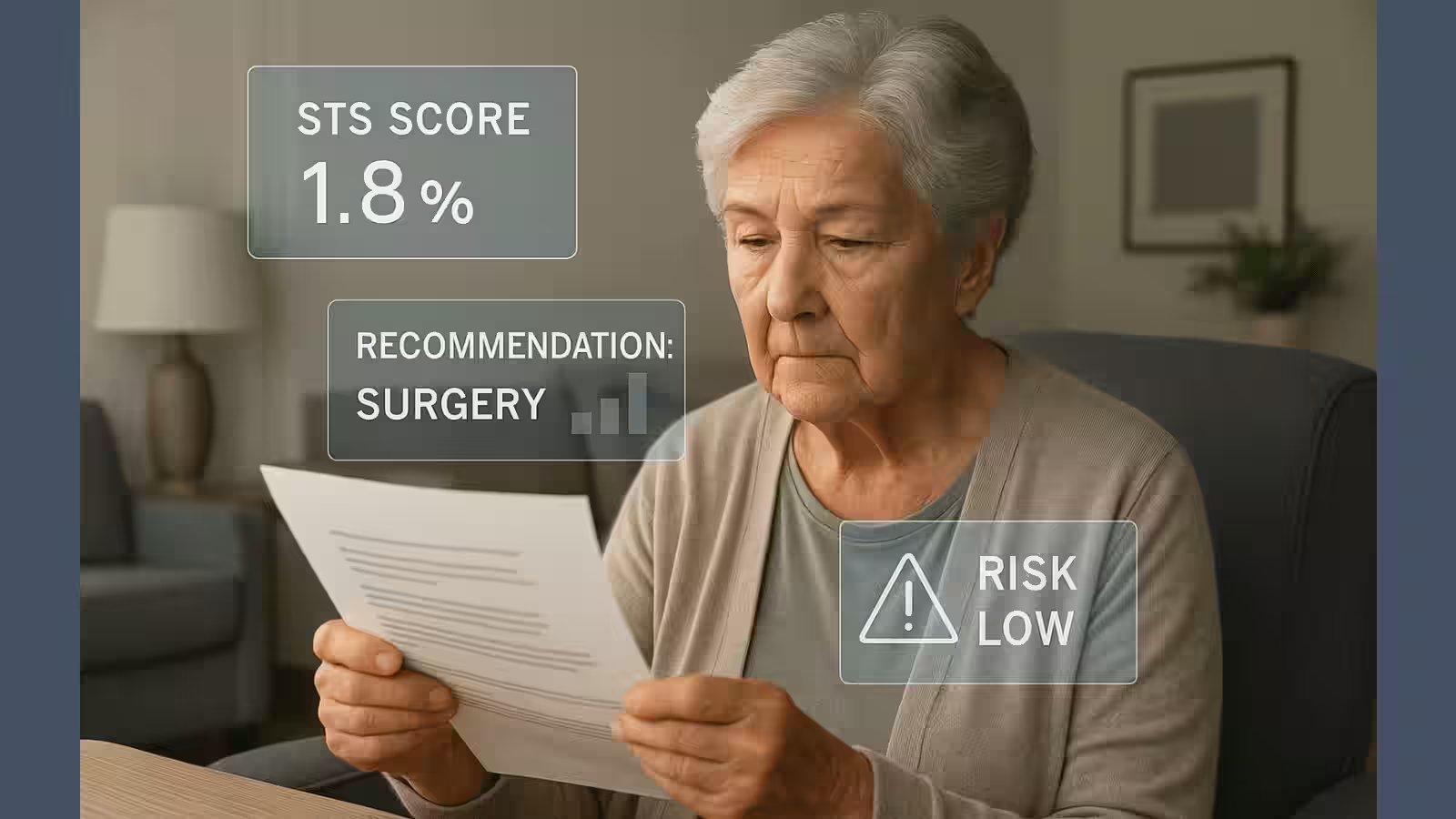Introduction
A Type A aortic dissection is a life-threatening condition in which the inner layer of the ascending aorta tears, allowing blood to split the aortic wall layers. Rapid diagnosis and treatment are essential, as delays can lead to catastrophic complications, including aortic rupture or organ damage. This guide is designed for patients and families to understand what to expect during an emergency, from initial symptoms through surgical repair and recovery.
Recognizing the Emergency
Common Symptoms
- Sudden, severe chest or back pain described as tearing or ripping
- Shortness of breath and sweating
- Loss of consciousness or fainting
Prompt medical attention dramatically improves outcomes, so activate emergency services immediately.
Diagnosis and Initial Management
Upon arrival at the emergency department, the care team will:
- Perform imaging (CT angiography or transesophageal echocardiogram) to confirm dissection
- Initiate blood pressure control with IV medications (e.g., beta-blockers) to reduce aortic stress
- Prepare for transfer to a cardiac surgery center
Surgical Repair of Type A Dissection
Procedure Overview
Surgery involves opening the chest via sternotomy, removing the dissected aortic segment, and replacing it with a synthetic graft.
Intraoperative Care
- Cardiopulmonary bypass maintains circulation
- Brain protection strategies (hypothermia, selective perfusion) minimize stroke risk
Postoperative Expectations
ICU Day 1
- Mechanical ventilation with careful weaning
- Close monitoring of vital signs, drains, and lines
Pain Control and Wound Care
- Use of multimodal analgesia (nerve blocks, non-opioids)
- Daily inspection of the sternotomy site to prevent infection
Recovery and Home Care
Sternal Precautions
- Avoid lifting >10 pounds or reaching overhead for 6–8 weeks
- Practice “hug a pillow” technique when coughing or moving
Activity Guidelines
- Gradual return to walking and light activities
- No driving until off narcotics and cleared by surgeon
Emotional and Practical Support
- Access telehealth second opinions for questions
- Lean on family, support groups, and counseling as needed
---
If you or a loved one faces a Type A aortic dissection, Verus can help with expert second opinions and personalized guidance. Visit our services page or request your MyVerus report to navigate your care confidently.
